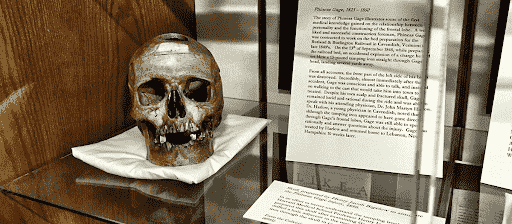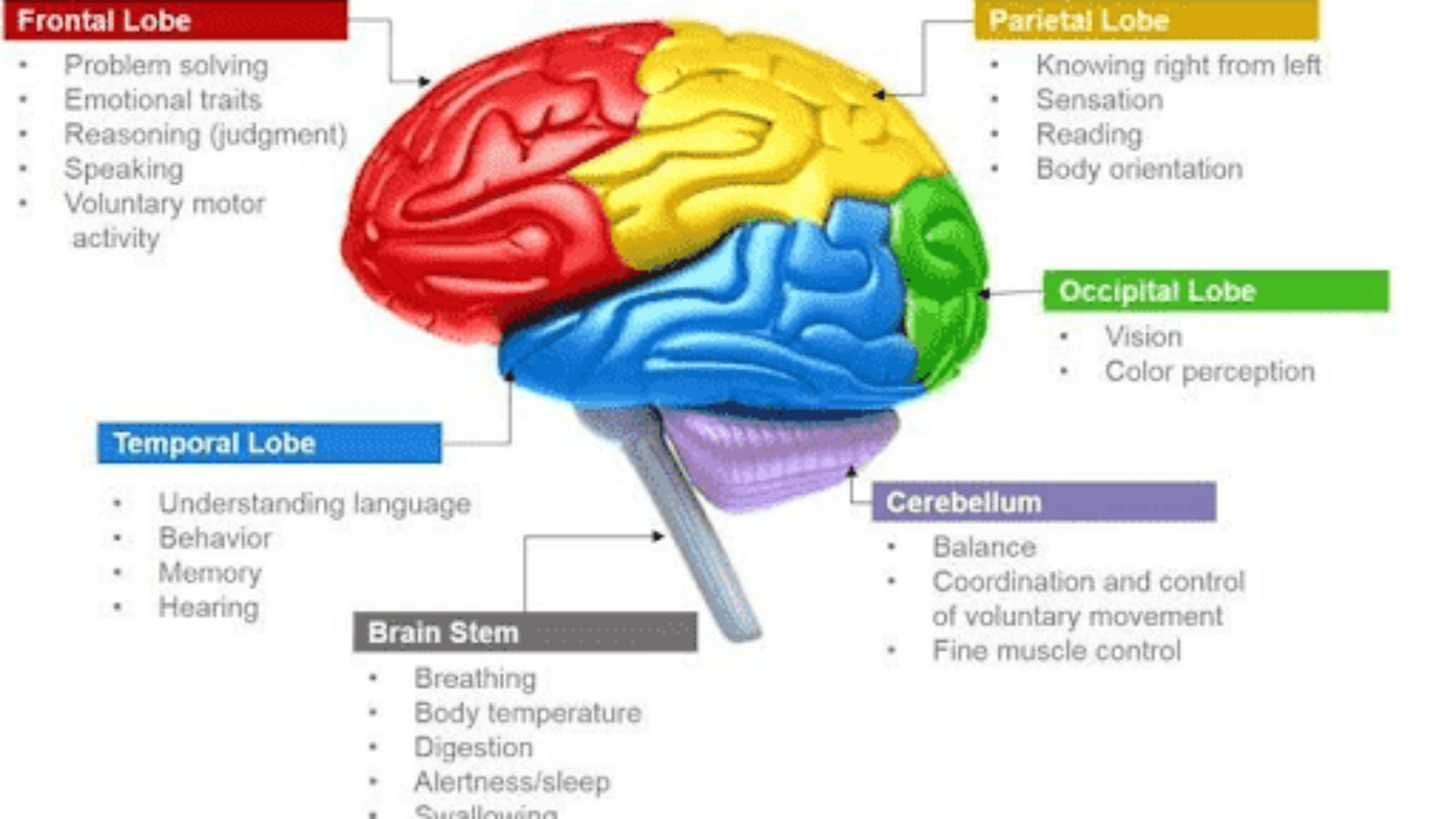
Picture this: It’s September 13, 1848, and in the quiet town of Cavendish, Vermont, a 25-year-old named Phineas Gage is immersed in the routine work of a railroad foreman. Engaged in the meticulous task of preparing a railroad bed, Gage handles an iron tamping rod with practiced hands, packing explosive powder into the ground. Little did he know that the trajectory of that iron rod would alter the course of his life, and end up providing insight into the functions of the human brain for years to come.
As the explosive powder detonated due to the friction, the rod was launched into his left cheek, destroying his eye. It made its way through the left front of the brain before exiting the skull from the right side. However, despite such an intense accident, Gage was still able to walk and talk while looking for medical assistance. During his recovery, Gage was treated by a number of medical professionals, including Dr. John Harlow, who would report the case in the Boston Medical Surgery Journal.
However, what truly made the case of Phineas Gage so remarkable and relevant in the history of various fields like psychology and neuroscience was not only his ability to survive a seemingly fatal injury but how this accident had changed him on a mental and emotional plane. Prior to the accident, coworkers, friends, and family of Phineas Gage described him to be hardworking, energetic, and pleasant. After the accident, they went as far as saying that he was “no longer Gage”. His irritable manner resulted in him losing his job. In the later years of his life, his personality would return to the way it was, signaling that healing in the frontal lobe could reverse personality changes. The primary area of injury in Gage’s accident was the frontal lobe; At the time, the frontal lobes were ‘considered silent structures, without function and unrelated to human behaviour.’ so the fact that only his personality was changed led early neurologists to alter their current understanding of the brain’s localisation of function.
The concept of the localisation of function in the brain refers to the idea that specific cognitive and behavioural functions are associated with particular regions or areas within the brain. This principle suggests that different parts of the brain are responsible for different functions, and damage to or stimulation of specific areas can result in predictable changes in behaviour or cognitive abilities.

All in all, the extraordinary story of Phineas Gage, propelled by an unforeseen accident, has left an indisputable mark on the early field of neuroscience. His story unraveled and uncovered the functions of the brain and tested the limits of human survival. He inspired many experts to delve into researching and perfecting knowledge on the localization of functions in the human brain. Today, his skull and the rod that injured him are both on display at the Warren Anatomical Museum in Boston.
- Sources:
https://www.ncbi.nlm.nih.gov/pmc/articles/PMC7735047/#:~:text=Gage’s%20case%20is%20considered%20to,personality%2C%20emotions%20and%20social%20interaction.&text=Prior%20to%20this%20case%2C%20the,and%20unrelated%20to%20human%20behavior. - https://www.verywellmind.com/phineas-gage-2795244#toc-what-happened-to-phineas-gage
- https://www.thomasclarksonacademy.org/attachments/download.asp?


Fantastic article! I appreciate how clearly you explained the topic. Your insights are both informative and thought-provoking. I’m curious about your thoughts on the future implications of this. How do you see this evolving over time? Looking forward to more discussions and perspectives from others. Thanks for sharing!
Great article! I found your perspective on this topic both enlightening and thought-provoking. The way you break down complex ideas into understandable insights is truly commendable. It’s interesting to see how these developments could shape our future. I’m particularly intrigued by your point about potential challenges and would love to dive deeper into that.
For those who are interested in exploring this topic further, I recommend checking out this resource for more detailed information: comprehensive guide. It offers additional insights that complement what’s discussed here.
Looking forward to hearing others’ thoughts and continuing this discussion. Thanks for sharing such valuable information!